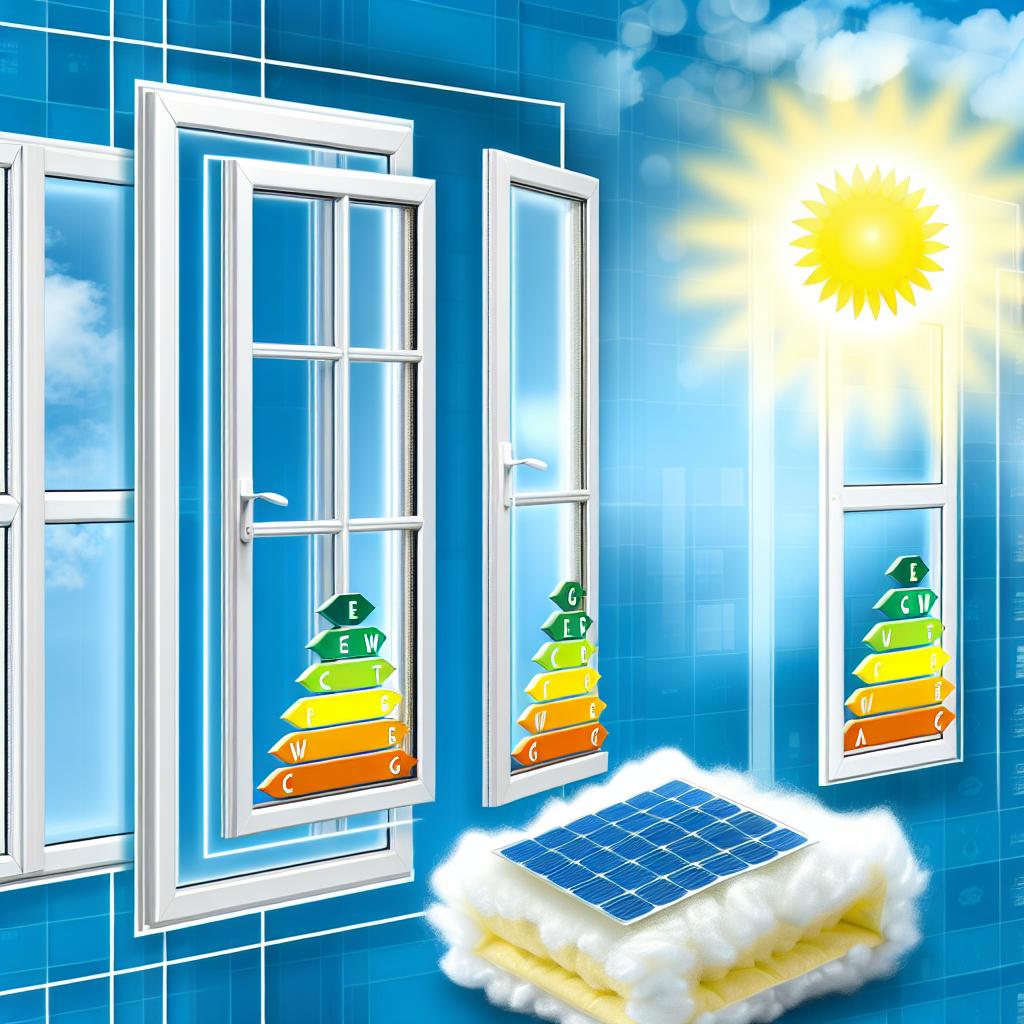Understanding Energy Efficiency in Windows and Doors
Energy efficiency is an integral factor to consider when renovating or building a home. The selection of energy-efficient windows and doors can have a significant impact on both your comfort and energy bills. These specially designed models serve to minimize heat transfer, thereby maintaining a consistent temperature within your home environment. This can lead to the reduced need for extra heating in the winter or cooling in the summer, thus promoting energy conservation.
Factors to Consider in Energy Efficiency
When selecting windows and doors that excel in energy efficiency, it is essential to comprehend the various elements that contribute to their performance. A well-informed decision requires awareness of these factors, each playing a crucial role in ensuring that the product fulfills its purpose effectively.
Glazing and Glass Technology
One of the most significant advancements in energy-efficient windows is the development of multiple-layer glass systems, commonly referred to as glazing. Double-glazed and triple-glazed windows are prevalent options that offer superior insulation compared to traditional single-glazed windows. The air, or more effectively, an inert gas like argon or krypton, that fills the space between these panes contributes to improved thermal performance. Additionally, windows with low-emissivity (Low-E) coatings are highly recommended for their ability to reflect heat back into the room during colder months and repel heat during the hotter months. For further insight into glazing technologies, you may want to visit official resources like energy.gov.
Material of Frames
The efficiency of windows and doors is heavily influenced by the materials used for their frames. Wood provides excellent insulation properties, though it demands regular maintenance to sustain its integrity. In contrast, vinyl and fiberglass frames offer effective insulation with less need for upkeep. Aluminum frames, despite their durability and strength, might not offer the same level of efficiency due to their high thermal conductivity unless they are specially treated to ameliorate this tendency.
Weatherstripping and Sealing
Attention to weatherstripping and sealing quality is crucial when choosing energy-efficient windows and doors. Effective sealing is paramount in preventing unwanted air leaks, which can compromise the energy performance of your home. Regular maintenance checks and the upkeep of weatherstripping can ensure that these components continue to function at their best, facilitating optimum energy conservation.
Energy Ratings
When evaluating options for energy-efficient windows and doors, energy ratings such as the ENERGY STAR® certification and the National Fenestration Rating Council (NFRC) ratings offer invaluable guidance. These ratings detail the energy performance of products, including crucial metrics like the U-factor and the Solar Heat Gain Coefficient (SHGC). Selecting windows and doors with favorable energy ratings geared to your specific climate needs can make a marked difference in energy conservation and efficiency.
Finding the Right Balance
Selecting energy-efficient windows and doors is fundamentally about finding the right balance between cost and efficiency. Although the upfront investment may be higher for energy-efficient options, they often pay dividends over time through reduced energy bills. Additionally, prospective buyers may have access to rebates or tax incentives provided by local governments for the installation of energy-efficient systems, which can alleviate initial financial burdens and make these options more attainable.
Conclusion
Choosing the right energy-efficient windows and doors requires careful consideration of a variety of elements such as glazing technology, material of frames, effective weatherstripping, and energy performance ratings. Evaluating these factors can lead to not only a more sustainable and energy-efficient home environment but also translate into potential long-term financial savings. The endeavor of exploring different manufacturers and options must take into account their efficiency criteria, all while being tailored to the climate-specific and personal requirements that dictate the unique needs of each homeowner.



